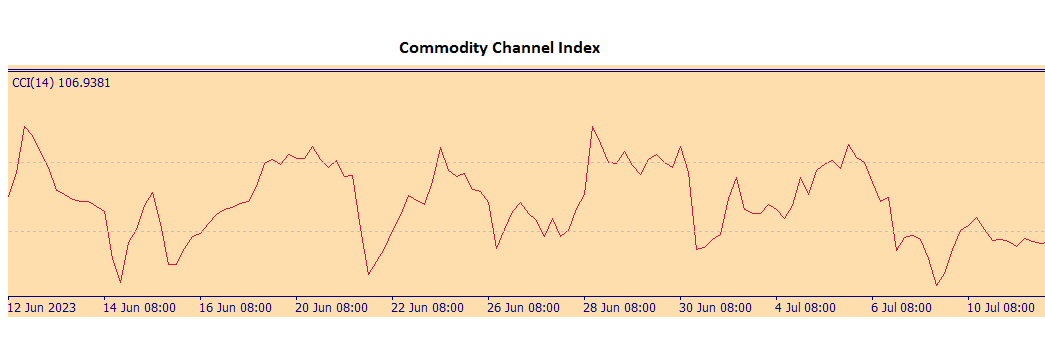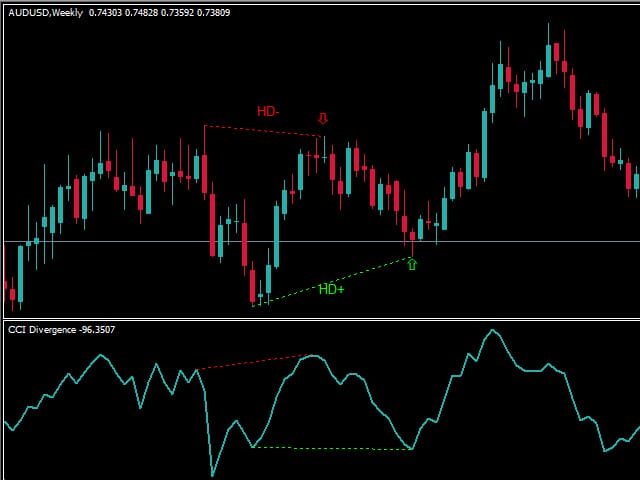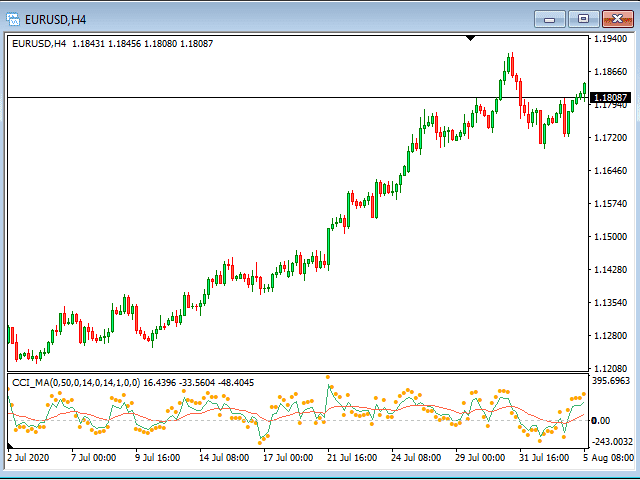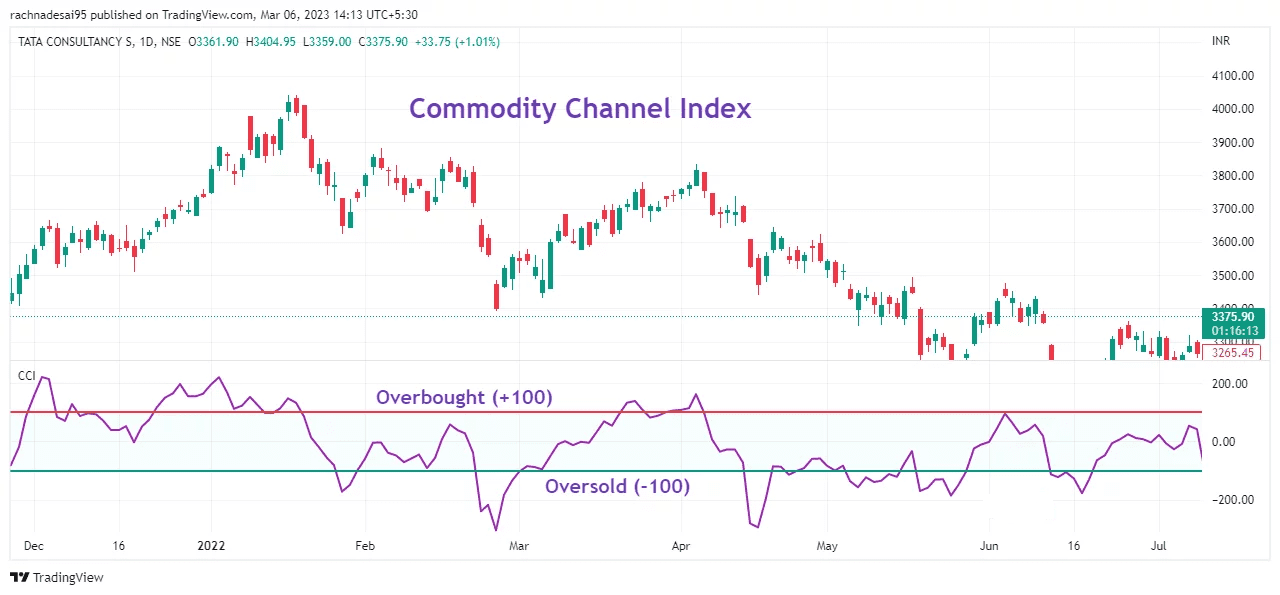Decode Stock Trends with CCI: The Secret Weapon of Successful Traders
Introduction
In the dynamic world of stock trading, staying ahead of market trends is essential for success. As a seasoned trader, you understand the significance of using reliable tools to decode stock trends accurately. One such powerful tool that has proven its worth among successful traders is the Commodity Channel Index (CCI). In this comprehensive guide, we will delve into the depths of CCI and explore how it can be your secret weapon to profitable trades.
Table content
1. What is the Commodity Channel Index (CCI)?
2. Understanding CCI Calculation
3. Interpreting CCI Readings
4. Mastering CCI Strategies
5. CCI in Real-Life Trading: Case Studies
6. Risks and Limitations of CCI
7. Footnote
8. FAQs
What is the Commodity Channel Index (CCI)?
The Commodity Channel Index, often referred to as CCI, is a versatile technical indicator used to assess the cyclical movement of stock prices. Developed by Donald Lambert in 1980, CCI has since become a fundamental tool for traders seeking to identify overbought and oversold conditions in the market. It measures the deviation of stock prices from their statistical average, aiding traders in spotting potential entry and exit points for their trades.

Sources from MT4
Understanding CCI Calculation
Before diving into the practical application of CCI, it's crucial to grasp how this indicator is calculated. The CCI formula involves several steps:
- Calculating Typical Price: The typical price for a given period is obtained by adding the high, low, and closing prices and then dividing the sum by three.
- Calculating the Moving Average: The next step is to compute the moving average of the typical price over a specific number of periods.
- Mean Deviation Calculation: The mean deviation is calculated by finding the absolute differences between each typical price and the moving average and then averaging these differences.
- Computing CCI: Finally, CCI is derived by dividing the difference between the typical price and the moving average by the mean deviation, multiplied by a constant factor (typically 0.015).
Interpreting CCI Readings
As a trader, interpreting CCI readings accurately is vital to making informed decisions. Here's how to interpret CCI values:
- Positive CCI: When CCI rises above +100, it indicates that the stock is entering an overbought condition. Traders might consider selling or shorting their positions.
- Negative CCI: Conversely, when CCI falls below -100, it suggests that the stock is entering an oversold condition. Traders might consider buying or going long on the stock.
Mastering CCI Strategies
Now that you understand the basics of CCI, let's explore some powerful strategies that successful traders employ:
1. CCI Divergence Trading
CCI divergence trading involves analyzing the discrepancy between CCI readings and actual stock prices. It helps identify potential trend reversals or continuations, providing traders with excellent entry and exit opportunities.

Sources from MT4
2. CCI with Moving Averages
Combining CCI with moving averages can enhance the accuracy of signals. Traders often use CCI in conjunction with different moving averages to filter out false signals and improve overall trading performance.

Sources from MT4
3. CCI Overbought/Oversold Strategy
The overbought/oversold strategy is one of the most popular CCI-based approaches. It involves buying when CCI enters oversold territory and selling when it becomes overbought. However, traders need to be cautious, as overbought or oversold conditions might persist in strong trending markets.

Sources from tradingview
CCI in Real-Life Trading: Case Studies
To truly grasp the power of CCI, let's examine some real-life trading scenarios where this indicator proved invaluable:
Case Study 1: Bullish Trend Confirmation
In this scenario, CCI confirms a bullish trend when it crosses above +100, indicating an overbought condition. However, instead of immediately selling, savvy traders wait for CCI to retreat below +100 before executing their sell orders. This strategy helps capture additional gains during a strong uptrend.
Case Study 2: Bearish Divergence
During a downtrend, CCI shows bearish divergence when it makes higher highs while the stock price forms lower highs. This discrepancy signals a potential trend reversal, alerting traders to a profitable short-selling opportunity.
Risks and Limitations of CCI
While CCI is a potent tool, it's essential to be aware of its limitations and potential risks:
- Whipsaw Effect: CCI, like any other technical indicator, is not foolproof. It can generate false signals during choppy or sideways markets, leading to potential losses.
- Lagging Nature: CCI is a lagging indicator, meaning it relies on past price data. Therefore, it may not always provide timely signals in rapidly changing markets.
Footnote
Decoding stock trends with CCI can significantly enhance your trading success. By understanding the intricacies of CCI and incorporating effective strategies, you gain a competitive edge in the stock market. Remember, mastering CCI takes time and practice, but with dedication, you can harness its power to make well-informed trading decisions.
FAQs
- Q: What is the ideal period setting for CCI?
A: The ideal period setting for CCI may vary based on individual trading styles and the market being traded. However, commonly used periods range from 20 to 40.
- Q: Is CCI suitable for all types of markets?
A: While CCI can be applied to various markets, its effectiveness may vary. It is essential to assess its performance in specific market conditions.
- Q: Can CCI be used in conjunction with other indicators?
A: Yes, many traders combine CCI with other indicators like moving averages, RSI, or MACD to improve signal accuracy.
- Q: Is CCI suitable for day trading?
A: CCI can be used for day trading, swing trading, or long-term investing, depending on the trader's preferences and time horizon.
- Q: Does CCI guarantee profitable trades?
A: No, like any trading tool, CCI is not a guarantee of profits. Successful trading requires a comprehensive approach that includes risk management and other technical analysis tools.











Discussion